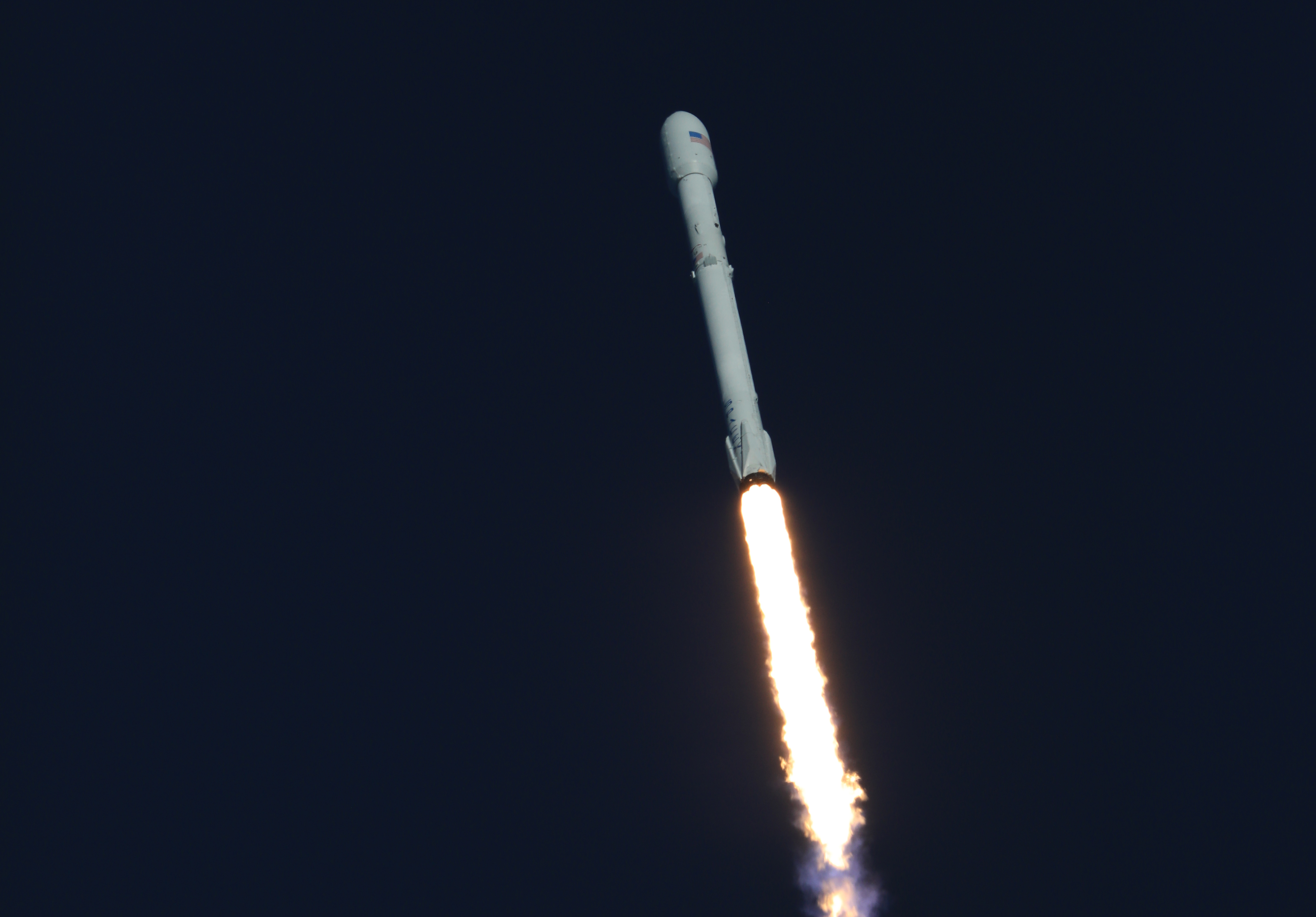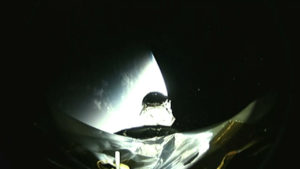
NASA will have a new tool in the search for habitable planets.
The agency’s Transiting Exoplanet Survey Satellite was delivered to space this evening aboard a SpaceX Falcon 9 rocket that lifted off from Space Launch Complex 40 at Cape Canaveral Air Force Station in Florida. Launch occurred right on time at 6:51 p.m. EDT following an uneventful countdown highlighted by excellent weather and healthy hardware.
“Liftoff of the SpaceX Falcon 9 rocket carrying TESS, a planet-hunting spacecraft that will search for new worlds beyond our solar system,” NASA Launch Commentator Josh Finch said as the rocket thundered away from the launch complex.
TESS will be the first space-based, all-sky surveyor to search for exoplanets – planets outside of our own solar system. However, the spacecraft isn’t looking for just any planets. It’s specifically searching for those that are Earth-like, and close enough to our own celestial neighborhood that scientists can study them further.
“We are thrilled TESS is on its way to help us discover worlds we have yet to imagine, worlds that could possibly be habitable, or harbor life,” said Thomas Zurbuchen, associate administrator of NASA’s Science Mission Directorate in Washington.
How will it find these planets? Like the Kepler mission before it, TESS will use the transit method – that is, it will stare intently at the stars in a given section of the sky, watching for the telltale flicker of a passing (transiting) planet. (Learn more about TESS and the transit method on the TESS Overview.) Kepler, which launched in 2009, focused on one portion of the sky and sought to find Earth-like planets. TESS, on the other hand, will look for stars 30 to 100 times brighter than those observed by Kepler. It also will scan a far larger area.

But first, TESS had to get off the ground. After liftoff, the Falcon 9 rocket performed well, sending the spacecraft on its way to orbit. At 7:53 p.m., the twin solar arrays that will power the spacecraft successfully deployed.
“Wow, are we excited. We just had a perfect countdown and perfect launch of the TESS mission,” said Tim Dunn of NASA’s Launch Services Program. “The Falcon 9 continues to demonstrate what a reliable vehicle it has become,” Dunn said.
Over the course of several weeks, TESS will use six thruster burns to travel in a series of progressively elongated orbits to reach the Moon, which will provide a gravitational assist so that TESS can transfer into its 13.7-day final science orbit around Earth. After approximately 60 days of check-out and instrument testing, the spacecraft will begin its work.
